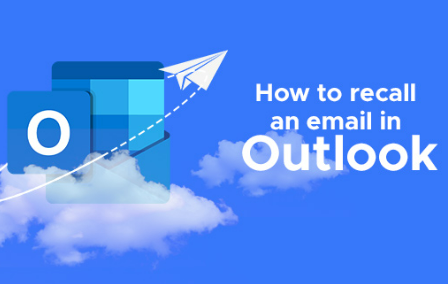Email Signature Generator
To generate an email signature, you can use various online tools and services specifically designed for this purpose. Here’s a general process to create an email signature using an online generator:Search for an email signature generator: Use a search engine to find email signature generators. There are many options available, such as “HubSpot Email Signature Generator,” “WiseStamp,” or “Newoldstamp.”Choose a template: Once you’ve selected an email signature generator, explore the available templates. These templates provide a base design for your signature. Look for a template that matches your desired style and layout.Enter your information: Enter your personal and professional information, such as your name, job title, company name, contact details (email, phone number, website), and any additional details you want to include.Customize the design: Most email signature generators allow you to customize the design further. You can modify the font style, size, color, and layout. Some generators also provide options to add a profile picture, social media icons, or promotional banners.Preview and adjust: Before finalizing your email signature, preview how it looks. Make any necessary adjustments to ensure it appears professional and visually appealing.Copy the signature: Once you’re satisfied with the design, copy the generated signature code or download the signature file. The generator will typically provide instructions on how to implement the signature in your email client.Implement the signature: Depending on your email client, the implementation process may vary. Generally, you need to access your email settings, find the signature section, and paste the generated code or upload the …









